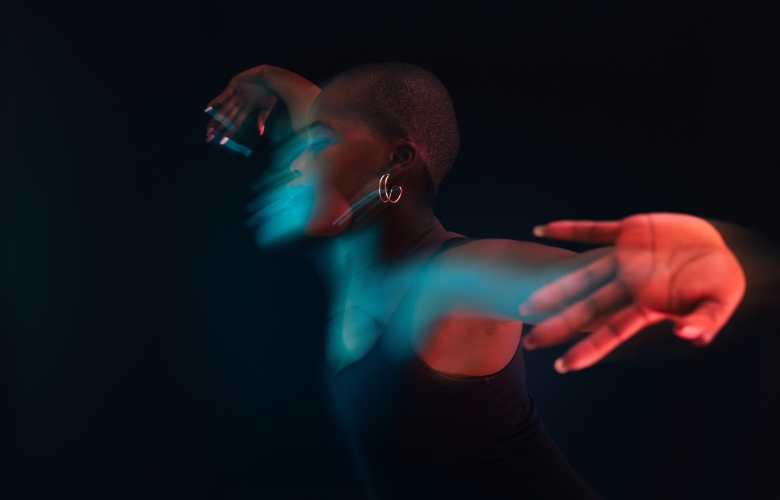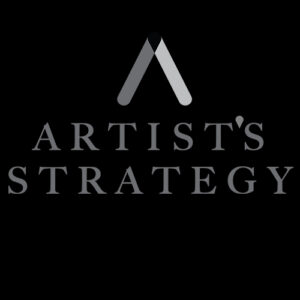
One of the hardest parts about being a creative entrepreneur is dealing with constant ambiguity. At any moment, the film that’s been waiting on standby for two years suddenly gets funding, a faraway project proposal abruptly becomes an urgent deadline, or that secondary income stream you’ve been diligently building dissolves seemingly overnight.
Like a series of giant waves, our industry can pull us in directions we don’t always see coming. Sometimes we think we can brace for it, telling ourselves we’ve got everything under control, but the tide proves too strong to resist.
So what’s the solution to these ever-shifting objectives? To not resist, to accept the undulating waves of priorities that will threaten—and often succeed—to throw us off our game.
Think of those phone switchboard operators from the 1950s. Or that kid who beat your whole middle school at Dance Dance Revolution. Their job was to constantly stay ahead of the barrage of distractions thrown their way—to accept and flow through the ceaseless waves of priorities that dominated the moment.
OK, fine, so you’ve never operated a switchboard and you actually suck at Dance Dance Revolution. Does that mean your chances of successfully riding the waves are totally shot? Far from it. It’s true that being a creative entrepreneur can be challenging for people used to a rigid or linear way of working. Unlike, say, accountants or lab technicians, whose jobs are often seasonally predictable and repetitive in process, a creative entrepreneur must constantly shift priorities, approaches, and expectations to stay afloat.
This realization can feel shaky and uncomfortable, perhaps even giving rise to feelings of failure and inadequacy. But once you stop resisting and panicking, and learn to relax amid the riptide current of the waves, you’ll find yourself shocked at your ability to adapt and reorganize—not in a state of frenzy or panic, but with calm, focus, and flow.
In the meantime, here are a couple of pointers to get you started on the journey toward becoming a prioritization pro.
No matter what your short-term framework is, embracing the wave of priorities and learning to tussle with the unexpected surprises that come your way will lead to a much happier and more productive working life—both for the day-to-day, and for the long-term resiliency of your creative business. So clear your mind, loosen up, and ride the waves!
Written By Joshua Morgan
Core Belief #1: An Actor is an Entrepreneur


Artist's Strategy offers artists the opportunity to strategize and create tactical next steps towards a successful, fulfilling career. Based on tested business principles, Artist's Strategy helps you design a tangible path towards a sustainable future. Incorporating and using the basic tenets of a healthy business, we will help you set a one, three or five-year-plan that will work for you and keep you on track to seeing real results. With Artist's Strategy, you will work alongside founder Joshua Morgan to identify the strengths and opportunities of your business and learn more about how to stabilize and grow. How long and how frequently you work with Artist's Strategy depends on your individual needs and resources. Contact us to discuss a plan that could work for you.
Read Full Profile© 2021 TheatreArtLife. All rights reserved.

Thank you so much for reading, but you have now reached your free article limit for this month.
Our contributors are currently writing more articles for you to enjoy.
To keep reading, all you have to do is become a subscriber and then you can read unlimited articles anytime.
Your investment will help us continue to ignite connections across the globe in live entertainment and build this community for industry professionals.